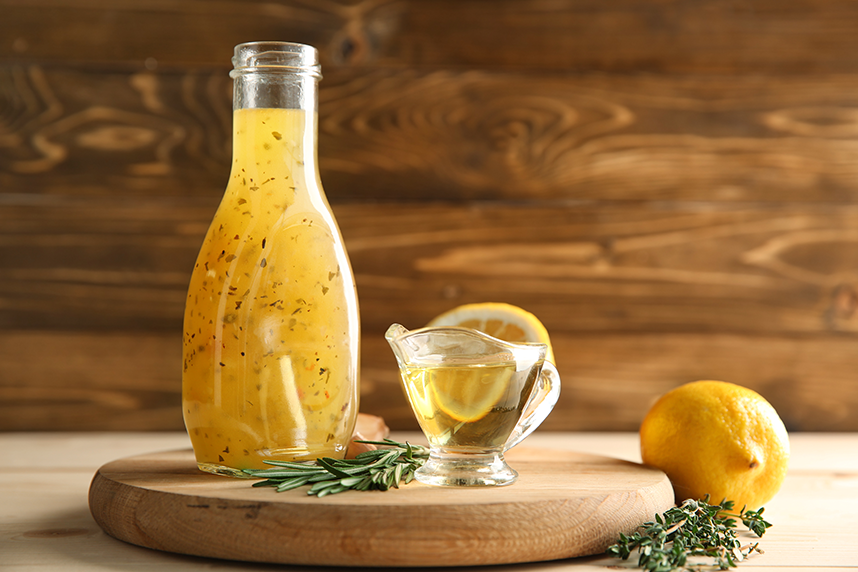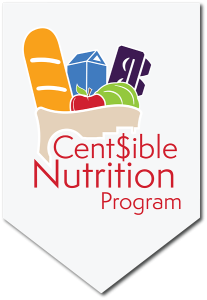Cent$ible Nutrition News • Feburary 2022 • Volume 25 | Number 5
In the age of social media where everything must have an “easy” or instant solution, going fat-free is often marketed as the “magic pill” for making healthy choices. But when it comes to overall health, is choosing fat-free always a healthy option?
What’s on a Label?
Products often make claims about the health of our food, but these claims can sometimes be confusing. To make any legitimate health claim on a food label, the Food and Drug Administration (FDA) requires food manufacturers to meet certain guidelines. Some of the most common claims on products around fat are the following:
- Reduced Fat/Less Fat: 25% less fat total than the regular product
- Light/Lite: 50% less fat total than the regular product
- Low Fat: Less than 3 grams per serving
- Fat Free: Less than .5g of fat per serving
- Low Saturated Fat: Less than 1g of saturated fat per serving
Even if a food is low in fat, it does not mean they are also low in calories. Some products add sugar, salt, or fillers to make the food taste better with less fat. All fats are also not created equal. For healthy individuals 2 years and older, the Dietary Guidelines for Americans 2020-2025 suggests limiting calories that come from saturated fats and choosing more foods with unsaturated fats.
Making Healthy Choices Around Fats
Check the Label
- Choose products that have 3g of saturated fat or less per serving.
- Be aware fat-free products does not mean “calorie free” or “sugar free”
Focus on Healthy Fats, Limit Saturated fats
- Choose protein options like lean cuts of beef or pork, chicken, with the skin removed and add fish like salmon, tuna, and sardines to your diet. Choose low fat or fat free dairy or dairy alternatives.
Focus on plant foods
- Eat a variety of nuts, seeds, beans, peas, lentils, and soy foods with little to no fat added.
- Choose oils over “solid” fats like corn, canola, safflower, olive, and peanut.
Add Flavor
- Using marinades and dressings, made with unsaturated fats or seasonings, and baking or steaming your food can boost the flavor without frying foods in excess fat.
Understanding the recommendations and claims around fat can help you make better choices for you and your family.
Download this newsletter as a PDF.
February's Feature Recipe

Vinaigrettes are a great way to incorporate healthy fats and boost flavor. Mix and match your favorite ingredients to dress your favorite salads, vegetables, or meat.

